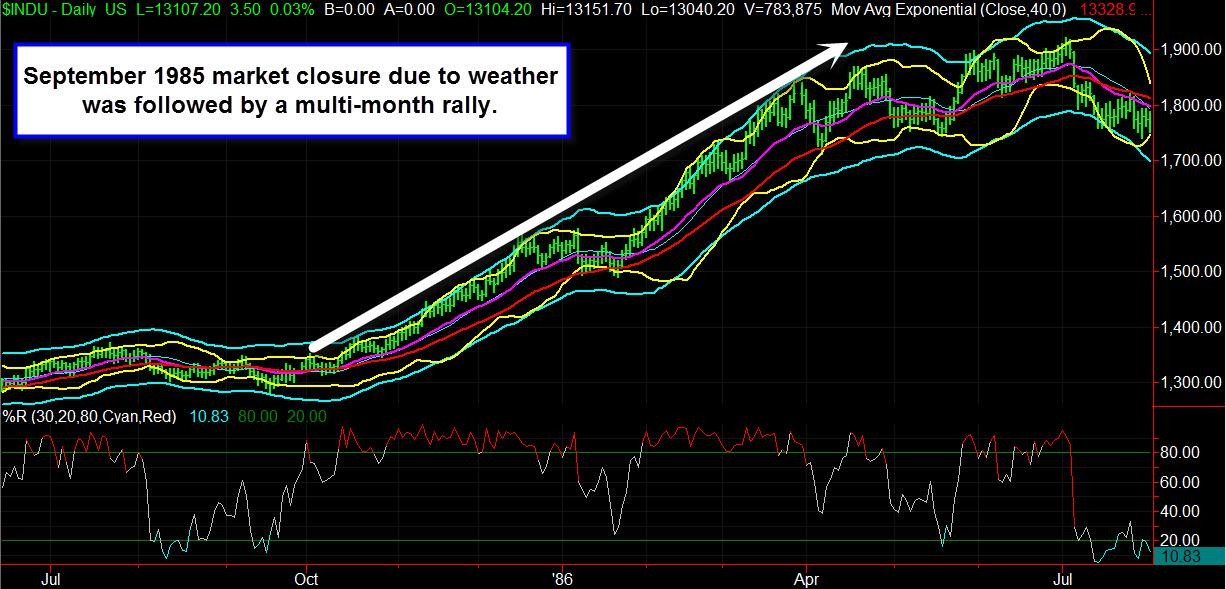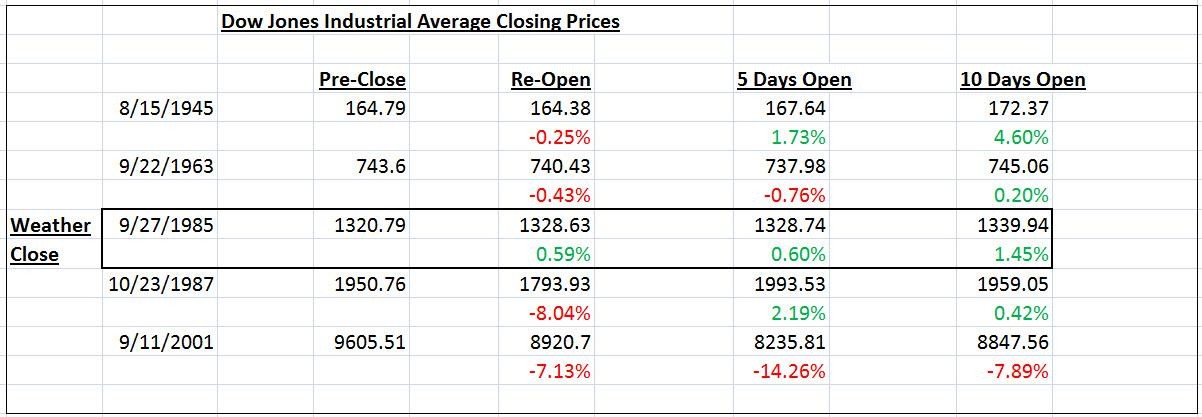Controlling losses Stop placement techniques (Thu Jul 12 2012)
Post on: 3 Апрель, 2015 No Comment

By Jean Folger
In the context of trading, risk refers to the probability of losing money or trading capital. Both novice and professional traders are exposed to this risk and experience losses when trading. Risk always will be there, and the inevitability of trading losses requires us to evaluate risk not just by asking the question, “What can I win?” but first and foremost, “How much can I lose?”
Managing risk and controlling losses is essential to any profitable trading plan. While we tend to be optimists and focus on setting appropriate profit targets, we must dedicate more attention to determining acceptable losses, because you can’t win if you are knocked out of the game.
A stop loss is an order to close out a losing position at a predetermined level, thereby limiting losses on any given trade. Of particular challenge is finding the level that protects against large losses while giving trades enough room to become profitable. There are a variety of methods that traders can employ to select stop loss levels, including setting a specific dollar value, risking a percentage of trading capital or using technical indicators.
Stop loss 101
A stop loss is a simple limit to how much capital a trader is willing to risk on any one trade. It can be employed with both long and short trades. In the case of a long trade entered with the intention of profiting from a rising market, an initial stop loss would be placed at a price level below the entry price. For a short trade, where traders attempt to profit from falling prices, an initial stop loss would be placed at a level above the entry price. In either case, the purpose of the stop loss is to close out a losing trade at a predetermined level to avoid more significant or even catastrophic losses.
Investors may use stop losses to protect against adverse price moves because it would be impractical to watch a long-term position on a minute-to-minute basis. Active and short-term traders, however, are not off the hook for setting stop losses.
Even if a trader is glued to his or her monitor for every second of a trading session, markets often move faster than orders can be entered. Because of this, prices could move quickly to and beyond an acceptable loss limit. Placing an order for a stop loss can prevent such runaway losses from occurring. However, where that order is placed relative to the current market price is not always an easy decision. And there is no guarantee you will be executed at your price, particularly in volatile markets.
Dollar value
One method for setting a stop loss level is to determine a dollar value that represents the maximum amount of money the trader is willing to lose on a trade. For example, the trader may be in a long position and be willing to risk $200 on the trade; the stop loss would be set $200 below the entry price.
“T-note stop loss” (below) shows a June 2012 daily 10-year U.S. Treasury note futures. A long trade was entered on Feb. 22 at 130-15, with a defined $375 risk for the trade, setting the stop loss below the entry price at 130-02 (each full tick is valued at $31.25). The trade could have been closed for a profit; however, if the trade had remained open as prices dropped, it would have incurred only a small loss.
While this technique is straightforward and easy to implement, it is not necessarily the most effective means of establishing stop loss levels because it may not reflect anything more than the trader’s current risk tolerance. It may not account for the current state of the market — trending or sideways; the current activity in the market — quiet or volatile; or fundamental considerations — upcoming earnings announcements or economic reports. For these reasons, a dollar value stop can keep losses at a consistent level, but may not be logical for the trading instrument or market conditions.
That said, dollar value stops can be tailored to suit a particular trading instrument rather than simply the trader’s risk tolerance. One approach is to use a modern trading platform that supports backtesting or historical modeling to discover an optimal dollar value stop loss level that both remains consistent with the trader’s risk tolerance and reflects the unique price movements of the specific market.
As a starting point, traders can begin testing with the dollar value with which they are most comfortable — for example, $200 — and then test a range of values above and below that amount to find the most favorable results.
However, it’s important to note that stop levels determined using historical testing should be used only as a guideline. Often, historical testing will produce spectacular hypothetical performance figures that are the result of extreme curve-fitting to the historical price data. If the profit/loss metrics seem too good to be true, and the stop loss values are extremely large or tight, then curve-fitting likely occurred. Any levels should be checked independently on additional historical data that wasn’t used in the optimization process.
In addition, regardless of the historical optimized levels, an important consideration when selecting any stop is the position’s risk-to-reward ratio — the size of the possible loss with respect to the expected profit. Too much risk can create disastrous results; not enough risk prevents trading at a level that can generate significant profits.
The ideal risk-to-reward ratio varies with trading style, risk tolerance and the type of strategy employed. For example, a trading strategy that buys into strength may be able to employ a tighter initial stop, while one that attempts to exploit weakness may require a wider margin for error in the stop placement.
Percentages
Stop loss levels also can be based on a percentage of the purchase price or a percentage of trading capital. The actual percentages vary and, like dollar-based values, should be modified according to trading style, risk tolerance and the type of strategy.
- Percentage of purchase price
Stops based on the purchase price typically range between 5% and 15%. Short-term traders may gravitate toward the lower end of the range, while longer-term investors might use an even larger percentage to accommodate larger market movements and trends.

- Percentage of trading capital
The general rule of thumb is that you never should risk more than 2% of trading capital on any single trade. If a trader had a $100,000 trading account, for example, he or she would not risk more than $2,000 on any single trade; with a $30,000 account, the maximum risk would be $600, and so forth.
Percentages are useful because they vary according to the market itself or the trader’s equity. However, setting the percentage properly is key. Again, historical testing can be used to determine optimal percentages on past data.
Technical indicators
Technical indicators are another popular method of determining stop loss levels. Because technical indicators are based on current and past price data, these tools can provide dynamic stop loss levels that reflect both the individual trading instrument and prevailing market conditions. Popular indicators for setting stop losses include moving averages, average true range (ATR), Fibonacci retracements and support and resistance zones. All of these tools are available in modern financial charting software packages.
The ATR indicator, for example, measures volatility over a specified time period. A higher ATR indicates a more volatile market, suggesting that the instrument could move in a wider range. Conversely, lower ATR values denote less volatile conditions and may predict times when price will move in a more restricted range. The ATR typically calculates the average using 14 periods, but can be calibrated to a trader’s and his system’s preference. “Volatile stops” (right) shows examples of how various types of traders might apply the ATR for determining stop loss levels.
“Using ATR” (below) applies the ATR indicator to June T-notes. The indicator is plotted beneath the price chart. The chart reflects a long trade that occurred on April 4 at 129-00. A stop loss was calculated at two times the value of the ATR (0.7600 x 2 = 1.52), setting the stop loss at 127-16.
System & trailing stops
Many technical strategies, such as those based on breakouts, produce both an entry signal and a recommended stop loss. In these strategies price action determines when an entry is signaled and consequently at what level that trade has been proven wrong (it is important to accept a trade is wrong and have a price that defines “wrong”). This type of stop works well in combination with hard dollar value and percentage stops. The problem with the dollar value or percentage stop is that they are arbitrary. When a stop based on the logic of your system falls within a certain comfort level (value or percentage stop) it indicates a strong risk/reward profile for that trade. The combination of those types of stops serves also as a system overlay indicating a low risk opportunity. You take only the trades where the appropriate stop falls within a predefined low-risk level.
Once a trade has moved in a favorable direction, the stop loss level does not have to remain where it was placed initially. It can be moved to follow price. Trailing stops are designed to maintain a stop loss level while protecting profits. For example, once a trade has reached a certain profit, the stop loss could be moved to a breakeven level (equal to the entry price of the trade). As profits continue to climb, the stop can move correspondingly with price, thereby limiting the maximum loss on the trade.
In theory, trailing stops are an excellent means of protecting profits. In practice, however, the results are not always as favorable as simply sticking with the initial stop loss and exiting based on the prevailing analysis methods.
Risk management methodologies are intended to help investors manage the downside, but the most important goal is to avoid catastrophic losses. A stop loss works well because it defines losses in advance, making it easier to preserve both the trader’s capital and his or her emotional well-being. The method used to calculate stop levels is a matter of personal preference and risk parameters, but one guideline is universal: Protect your account from disaster. Do not let aspirations for perfection detour a journey toward self-preservation.














